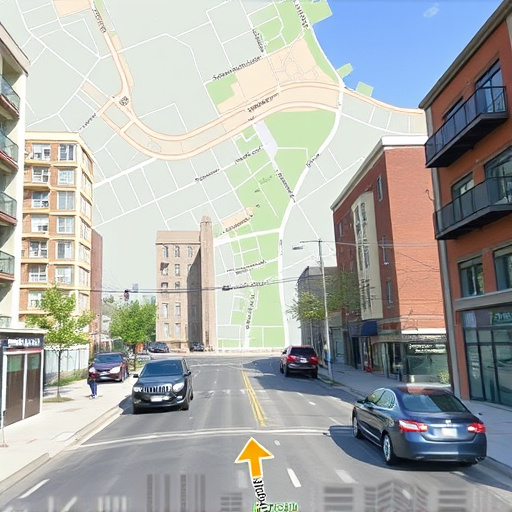Relocating Intake Air Temperature (IAT) sensors in modern vehicles significantly enhances engine performance and efficiency. By moving these sensors away from heat sources, their accuracy improves, leading to better fuel mapping, ignition timing, and throttle response. This strategic placement is crucial for high-performance engines, maximizing power output while reducing emissions. The process involves careful selection of a new position, implementation strategies, and proper sealing to ensure accurate IAT readings, ultimately resulting in a smoother, more efficient driving experience.
“Unleash your vehicle’s full potential with a simple yet powerful upgrade: intake air temperature (IAT) sensor relocation. This strategic move offers significant benefits for enhanced engine performance, allowing for more accurate readings and optimized fuel injection. By relocating these sensors, you gain control over your engine’s cold-start behavior, improving throttle response and overall efficiency. This article explores the science behind IAT sensors, the advantages of relocation, and provides practical guidance for implementation.”
- Understanding Intake Air Temperature Sensors and Their Role
- Benefits of Relocating IAT Sensors for Enhanced Performance
- Practical Considerations and Implementation Strategies
Understanding Intake Air Temperature Sensors and Their Role

Intake Air Temperature (IAT) sensors are crucial components in modern vehicles, playing a pivotal role in optimizing engine performance and efficiency. These sensors measure the temperature of the air entering the engine, providing vital data to the vehicle’s computer system. By monitoring IAT, the engine control unit can adjust various parameters such as fuel injection and ignition timing, ensuring optimal combustion and maximizing power output while minimizing fuel consumption.
Relocating IAT sensors offers several benefits, particularly in enhancing engine performance and cooling efficiency. Strategically positioning them away from hot exhaust components or other heat sources within the engine bay can prevent inaccurate temperature readings due to external heat influences. This precise relocation ensures that the sensor accurately reflects the true intake air temperature, leading to improved fuel mapping and ignition timing calculations. Consequently, vehicles with optimized IAT sensor placement often exhibit better throttle response, increased horsepower, and enhanced overall driving dynamics.
Benefits of Relocating IAT Sensors for Enhanced Performance

Relocating intake air temperature (IAT) sensors can significantly enhance vehicle performance and efficiency. By strategically positioning them away from engine heat and direct exposure to hot exhaust gases, relocation minimizes the sensor’s response time and improves accuracy. This is particularly beneficial in high-performance engines where optimal air-fuel ratios are crucial for maximizing power output and minimizing emissions.
With improved cooling and reduced noise interference, relocated IAT sensors provide more reliable data. This enhances the engine control unit’s (ECU) ability to fine-tune fuel injection and ignition timing, resulting in smoother operation, better throttle response, and increased overall efficiency. Moreover, precise IAT readings enable advanced engine management systems to optimize performance across various driving conditions, contributing to a more enjoyable driving experience.
Practical Considerations and Implementation Strategies

When considering intake air temperature (IAT) sensor relocation, practical considerations are paramount. The first step involves identifying the optimal new location. Factors to weigh include airflow patterns within the engine compartment, potential for heat transfer, and exposure to environmental elements like dust or moisture. Once a suitable location is selected, implementation strategies must be carefully planned. This could involve modifying existing components, installing new hardware, or rerouting air ducts to ensure accurate and reliable IAT readings. Proper sealing and insulation may also be necessary to maintain sensor accuracy over time.
Relocating intake air temperature (IAT) sensors can significantly enhance engine performance, especially in high-performance vehicles. This strategic move allows for more precise temperature readings, leading to improved fuel efficiency and power output. By understanding the benefits and practical considerations outlined in this article, vehicle engineers and enthusiasts can unlock the full potential of their engines through IAT sensor relocation, resulting in a smoother, more efficient driving experience.














